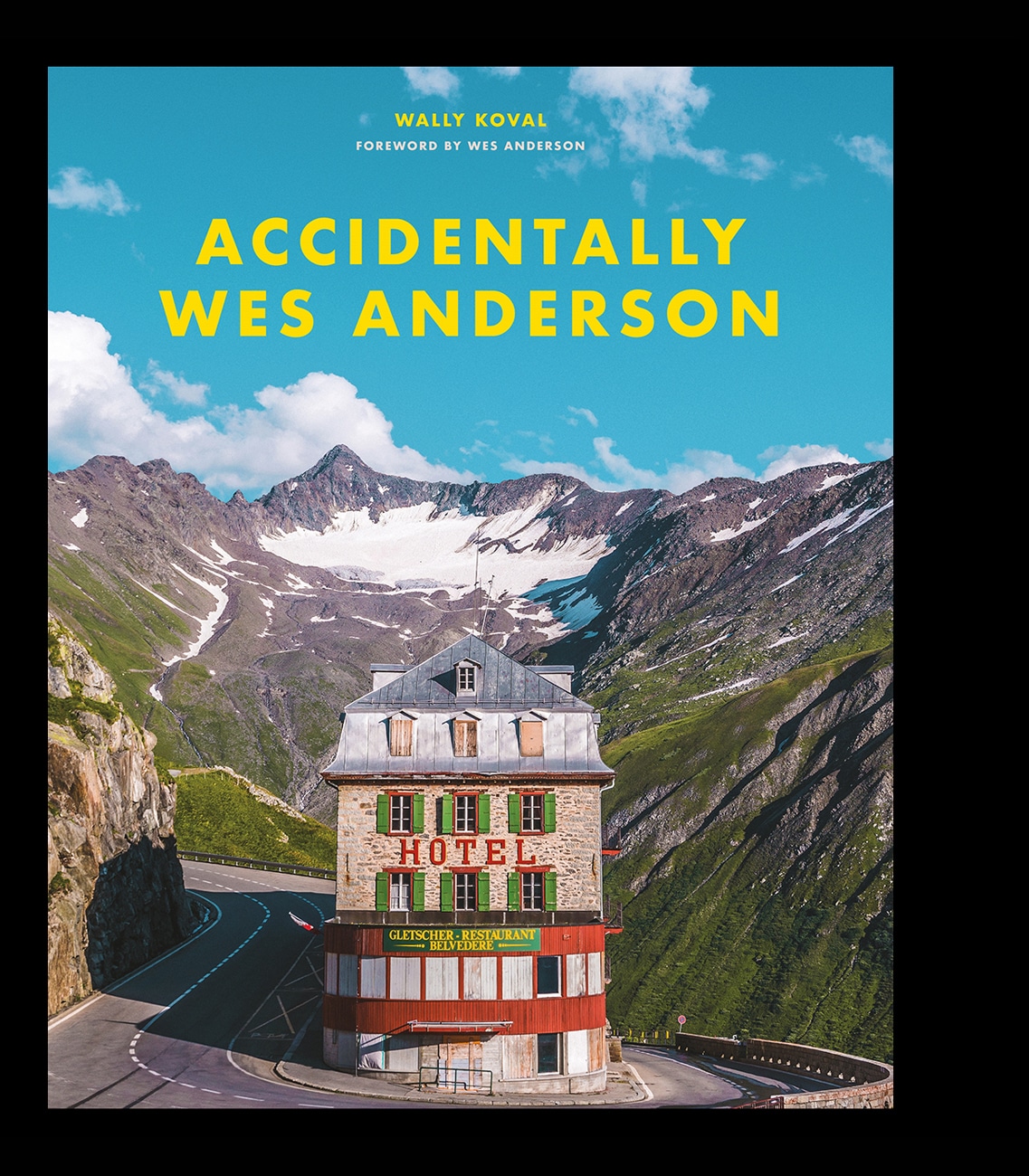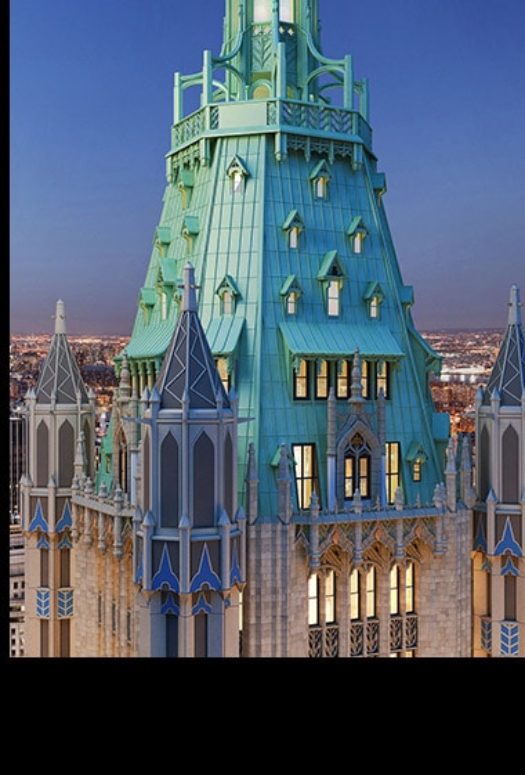Fifteen Design Books to Read—and Give—This Year
By: LX Collection
It may seem as though the books are getting much, much heavier and more sumptuous as the days grow shorter: the holiday season offers a wealth of coffee table books for those inclined toward great architecture, inspiring homes, and urban adventure. Here, following our list of must-read design books from the fall, are some of the best design books of the year.
 Photo Credit: Taschen
Photo Credit: Taschen
Gaudi: The Complete Works by Rainer Zerbst
Decades before modern designers like Frank Lloyd Wright changed ideas of what was architecturally possible, Catalonian visionary Antoni Gaudí created visual poetry from stone and scaffolding. The eye-poppingly gorgeous mural work and soaring, organic shapes of his turn-of-the-20th-century projects, such as Park Güell and the still-in-progress Sagrada Familia in Barcelona, would be considered fantastical even if proposed today. With expert analysis, brand-new photography, and a complete overview of Gaudí’s oeuvre, Rainer Zerbst offers a fitting showcase for a truly singular talent.
 Photo Credit: Courtesy of Phaidon Press
Photo Credit: Courtesy of Phaidon Press
Atlas of Brutalist Architecture by Phaidon Editors
No architectural movement of the last century has broken the mold more than these eccentric visions formed from poured-in-place concrete. Derived from the French term “beton brut” for raw concrete, Brutalism, known for its big, blocky, modern buildings, was a favorite of many midcentury architects seeking flexibility and affordability. This fittingly hefty book, collecting hundreds of examples of schools, monuments, and thrilling residential designs from around the globe, documents just how eclectic Brutalism became. Both reviled and rediscovered of late, this style deserves its all-encompassing aesthetic travelogue.
 Photo Credit: Courtesy of Phaidon Press
Photo Credit: Courtesy of Phaidon Press
Anni & Josef Albers by Nicholas Fox Weber
The relationship between Josef and Anni Albers was one of the most important to come out of the modernist movement. The couple met in Germany at the Bauhaus, a crucible of 20th-century design, later emigrating to the US to work and teach at Black Mountain College and then Yale while refining their textile work, painting, weaving, and contributions to art theory. This visual biography traces their passions.
 Photo Credit: Courtesy of Assouline
Photo Credit: Courtesy of Assouline
Travel by Design by Design Leadership Network
This collection of images offers a photographic fix for those unable to travel right now. A collective of top architects and interior designers whose travel plans were waylaid this year collaborated to compile photos of their favorite places to visit. Seeing the world—pastel-hued back alleys in Cartagena, arresting Italian beaches, Dubai’s white marble splendor—through the lenses of top photographers will provide a dose of inspiration.
 Photo Credit: Courtesy of Phaidon Press
Photo Credit: Courtesy of Phaidon Press
The Best of Nest: Celebrating the Extraordinary Interiors from Nest Magazine by Todd Oldham
At a time when its more professional periodical peers pushed classical beauty or crisp modernism, Nest was unmanicured and inspired, interior design’s own punk rock basement show. This celebration and reevaluation of the cult shelter magazine’s influential 1997 to 2004 run, overseen by fashionista Todd Oldham (whose treehouse was once featured in the magazine), spills over with strange and maximalist visions.
 Photo Credit: Courtesy of Rizzoli USA
Photo Credit: Courtesy of Rizzoli USA
POOLS: Lounging, Diving, Floating, Dreaming: Picturing Life at the Swimming Pool by Lou Stoppard
Simultaneously monuments, mirrors, and meeting places, pools are sites of leisure and symbols of luxury. This slick collection of photography celebrates everything these structures stand for, from backyard plunges to elaborate public spectacles. But the buoyant assembly of images never dives too far into the deep end, focused squarely on the sun-dappled escapism of floating away. Even the book’s cover, a blue plastic overlay, suggests the sensation of being fully submerged.
 Photo Credit: Courtesy of Hachette AUS
Photo Credit: Courtesy of Hachette AUS
Accidentally Wes Anderson by Wally Koval
Flipping through this paean to the film director’s aesthetic of pastel-hued homes and whimsical buildings, you can almost hear the expository narration off-screen. A compendium of the popular Instagram account and its obsession with all things accidentally Andersonian, Wally Koval’s book is a field guide to the idiosyncratic, witty, and colorful, an eye-catching decoration, and an engaging escape. In the forward, the director himself calls the work “an alluring travel guide.”
 Photo Credit: Monocle
Photo Credit: Monocle
Monocle Book of Japan by Tyler Brule
With the Olympics in limbo, this may be the next best way to indulge in the multiplicity of modern Tokyo. This curated guidebook of fashion, food, and design, from regional delicacies to outstanding architecture, brings the sharp insights and midcentury aesthetics of this modern lifestyle magazine to bear on the abundance of Japanese culture.
 Photo Credit: Courtesy of Phaidon Press
Photo Credit: Courtesy of Phaidon Press
Paul Smith by Tony Chambers
An irreplaceable exemplar of British wit shaping international fashion, Paul Smith has been a fashion icon for a half-century. This monograph tells Smith’s story through 50 items important to him. The book contains more than the story behind the Brit’s rise or his brand’s famous stripe: other design icons, including Jony Ive, formerly of Apple, and Manolo Blahnik, share their insights into what makes Smith stand out.
 Photo Credit: Kyle Books
Photo Credit: Kyle Books
Biophilia: You + Nature + Home by Sally Coulthard
Our senses are wired to seek out the natural world. In author and designer Sally Coulthard’s exploration of organic and natural design, she breaks down how homes can be designed to tap into our fundamental attraction to the outdoors. In addition to techniques that can improve our wellness, Coulthard’s advice can also make interiors feel more like home even as they bring nature inside.
 Photo Credit: Houghton Mifflin Harcourt
Photo Credit: Houghton Mifflin Harcourt
The 99% Invisible City by Roman Mars, Kurt Kohlstedt
Penned by two of the names behind one of the world’s most popular design podcasts, The 99% Invisible City is a hip adult version of the work of Richard Scarry and David McCullough—enlightening, unexpected, and endlessly nerdy. The secret histories of urban objects, both fantastical and mundane, from traffic lights to the massive machines that balance skyscrapers, are revealed in beautiful tricolor illustrations.
 Photo Credit: Virgina Tech Publishing
Photo Credit: Virgina Tech Publishing
Better by Design? by Paul Knox
What makes a city truly work? Part of the multifaceted answer lies in the work of architects, city planners, landscape architects, and urban designers, the artists and organizers of city life. Professor Paul Knox explores the social history of these roles to better understand the forces that have shaped modern urban life in the United States and the United Kingdom.
 Photo Credit: MacMillan Publishers
Photo Credit: MacMillan Publishers
The Great Indoors by Emily Anthes
Even before this year, modern humans spent almost 90% of their time indoors. Yet, the study of how we design our homes, offices, stores, and schools is still a science in its infancy. Emily Anthes’s exploration of the built environment and its impact turns mundane spaces into fascinating tales of science and sociology. Can window placement boost moods, can the shape of a room impact our social lives, and will cutting-edge science make our homes more healthy? The Great Indoors makes the case that even the places we spend most of our lives still have fascinating tales to tell if the right person looks below the surface.
 Photo Credit: Thames and Hudson Ltd
Photo Credit: Thames and Hudson Ltd
The Art of Earth Architecture by Jean Dethier
From Moroccan medinas to Mesopotamian cities to the Great Wall of China, some of mankind’s most stunning structures started as simple earth and clay. Jean Dethier, a long-time preservationist, proponent, and scholar of earthen architectural forms, spent years assembling this definitive account of the ancient building style, which is seeing a renaissance amid concerns about climate change.
 Photo Credit: Courtesy of Phaidon Press
Photo Credit: Courtesy of Phaidon Press
Postmodern Architecture: Less Is a Bore by Owen Hopkins
A rejoinder to the cold formality of modernism, the postmodernist architecture of the 1970s and 1980s served up a colorful, classical-influenced remix of visual styles, done up in bold, brash colors. This stylistic survey shows it hasn’t dimmed or dulled in middle age. There can be a humorous, reference-heavy tone to postmodernism—Disney headquarters that replace Greek statues with the Seven Dwarfs, glass skyscrapers with a Gothic outline, or interiors that look like blocky technicolor dreamscapes. But Hopkins’s understanding and generous evaluation of the style suggests that design that doesn’t take itself too seriously can still lead to serious work.








